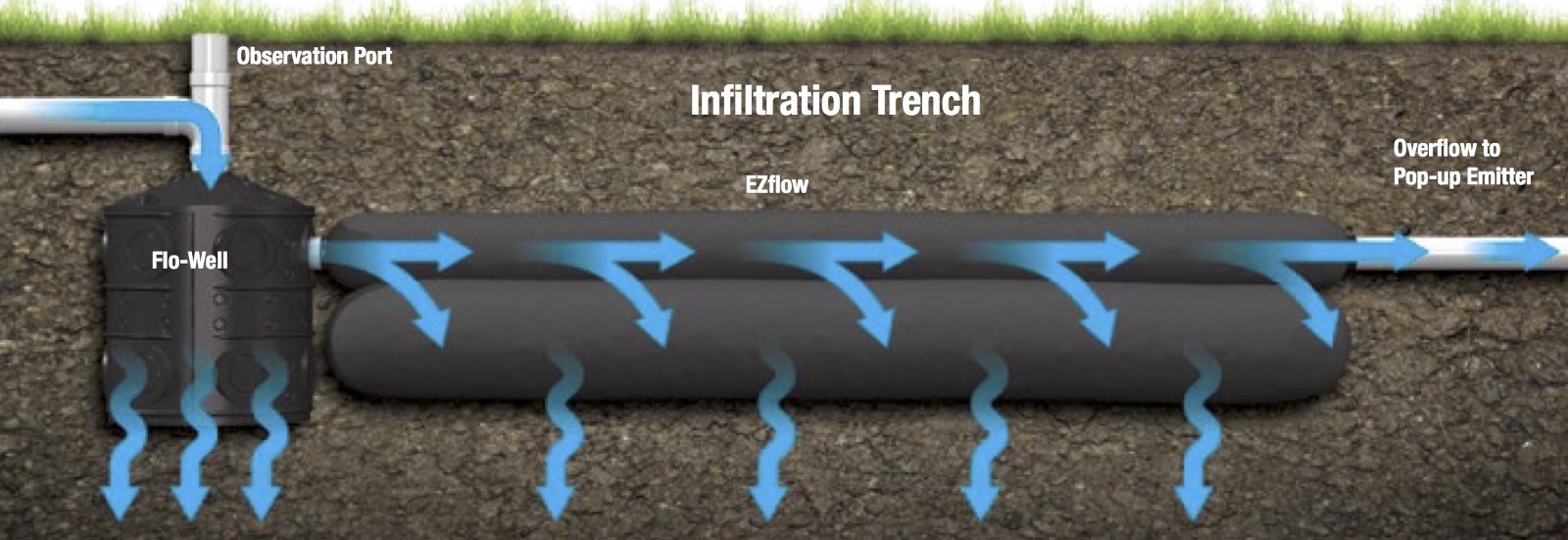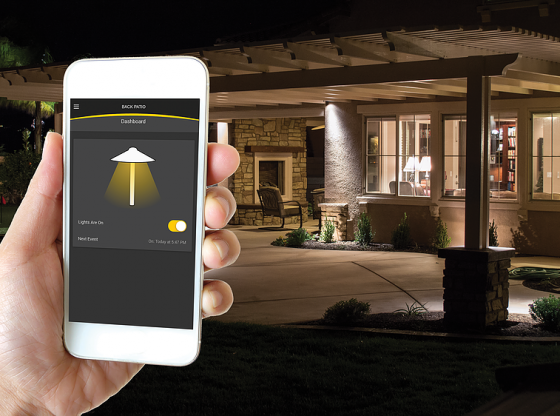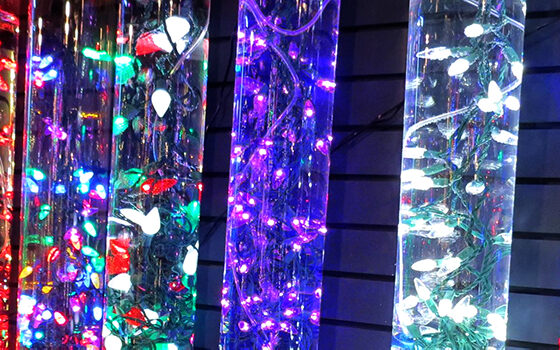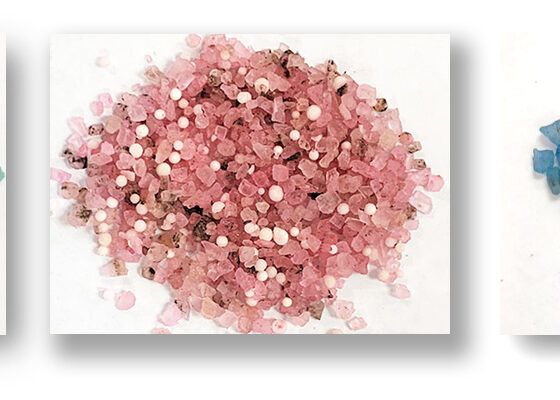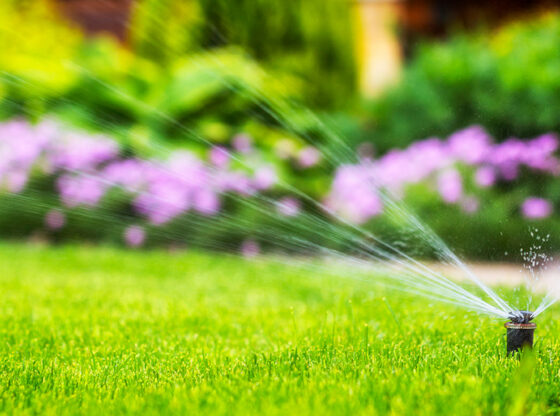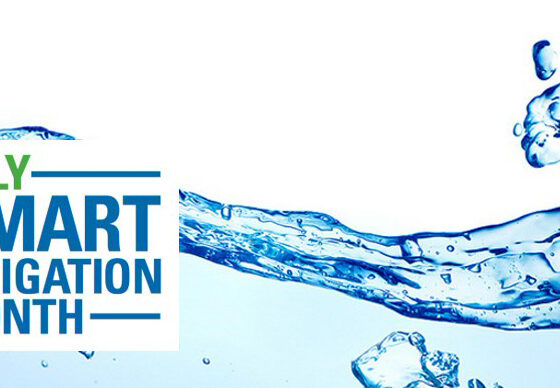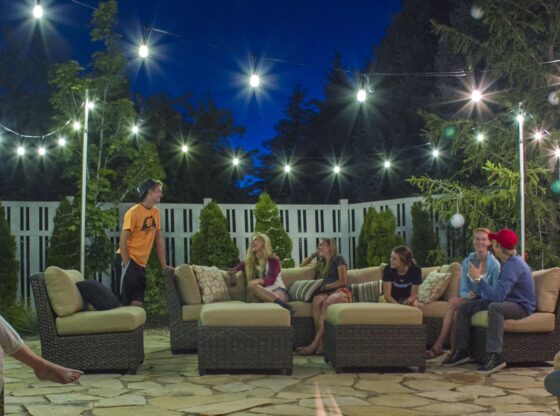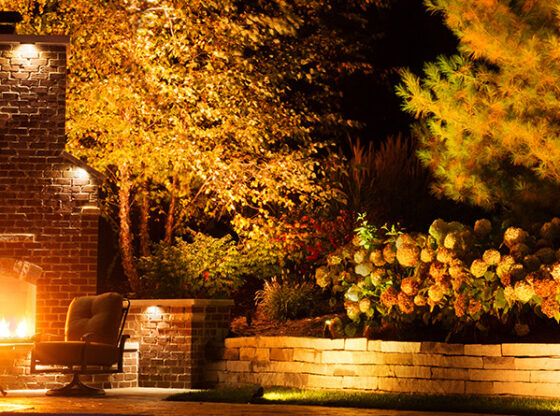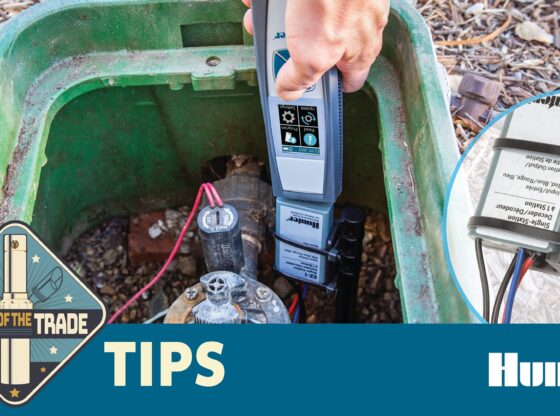The summer started out wet and it has hurt irrigation sales, however there has been a need for drainage at many homes. Due to the wet conditions homeowners have become more aware of standing water issues on their property. With standing water brings the blood suckers; mosquitoes have been harassing many homeowners, keeping them from enjoying their yards. Add drainage to your list of services to meet your homeowner’s needs.
Identifying the Problem
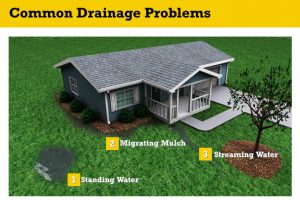 The rough winds, tornadoes and fierce rain have been reaching havack on landscapes, homes, yards and gardens. Properties have been put to the test and are not standing up to this season’s rough and unpredictable weather. Drainage can be very expensive, especially when caught too late. Warn your homeowners of these dangers to start your projects earlier rather than later. According to the U.S. National Flood Insurance Program, drying a basement of water ranges from $1,000-$10,000 and according to the National Association of Realtors, repairing damage to a home’s foundation can range anywhere from $3,500 to $25,000. According to HomeAdvisor replacing a landscape washed away from heavy rains averages $7,500 and can run as high as $30,000.
The rough winds, tornadoes and fierce rain have been reaching havack on landscapes, homes, yards and gardens. Properties have been put to the test and are not standing up to this season’s rough and unpredictable weather. Drainage can be very expensive, especially when caught too late. Warn your homeowners of these dangers to start your projects earlier rather than later. According to the U.S. National Flood Insurance Program, drying a basement of water ranges from $1,000-$10,000 and according to the National Association of Realtors, repairing damage to a home’s foundation can range anywhere from $3,500 to $25,000. According to HomeAdvisor replacing a landscape washed away from heavy rains averages $7,500 and can run as high as $30,000.
You should advise homeowners to take advantage of your company’s drainage services before further home and yard damage cost them even more. To help maintain current drainage the following should be done weekly according to NDS:
- Clean out gutters and downspouts
- Inspect your yard for obstructions
- Abide by the 10-foot rule
- Clear street drains of debris
Finding a Drainage Solution
According to NDS, for fixing known drainage problems, use one of the three most common solutions that can be purchased at home improvement and hardware stores:
· Catch basin: Designed to trap sediment, debris, contaminants and pollutants so that they cannot enter drainage pipes, catch basins are installed beneath downspouts; catch basins easily connect to underground drain age pipes where the water can drain to a safe location
· Pop-up emitter: When connected to the end of an underground drainage pipe, a pop-up emitter allows water to be diverted and released to safe areas away from structures and poor drainage areas; its pop-up top allows water to be released when full while staying closed when empty to keep rodents and debris out of the system
· French drain: A trench filled with gravel, rock or a gravel-free alternative containing a perforated pipe, a French drain directs stormwater away from a specific area, blocks the passage of excess debris, and collects water over the entire length of the drain instead of one particular spot
